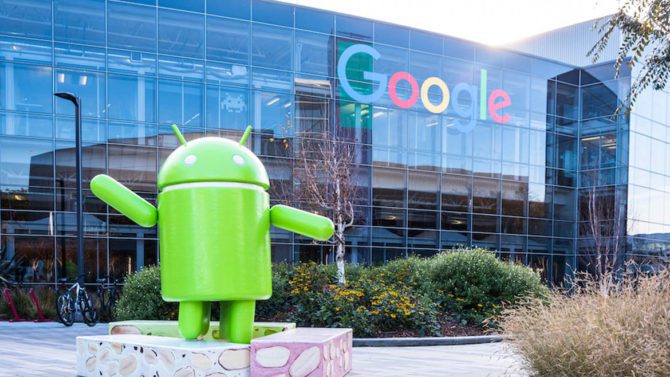Google’s ART 14: Elevating App Speed in the Android Ecosystem

Google’s Android Runtime: Boosting App Speed Without OS Updates
Google is at it again, taking innovation to the next level with its Android runtime technology. In a recent blog post, Google sheds light on the advancements of ART (Android Runtime) and its newfound ability to enhance app speed without necessitating a complete operating system update. ART serves as the beating heart of the Android platform, responsible for compiling code written in languages like Java and Kotlin into bytecode, which is then executed to power the seamless experience we’ve come to expect from our Android devices. This groundbreaking feature has unleashed a wave of improvements that is transforming app performance for the better.
Unleashing the Power of ART
ART’s evolution has been nothing short of remarkable. With each iteration, Google has fine-tuned the runtime to ensure apps run smoother and faster. And the best part? These improvements aren’t tied to major OS updates anymore. The arrival of the Android 13 version of ART brings with it a significant boon – real-world app startup improvements of up to 30% on select devices. That’s a game-changer in the world of app development and user experience.
From the OS to the Play Store
The turning point for ART was marked when it officially became a modular component of the Android operating system with Android 12. As an APEX module, it’s now possible to update ART independently via the Play Store, bypassing the need for a full-fledged system update. This transition has a massive impact, reaching approximately 31% of Android users, equating to around 600 million individuals. This accessibility ensures a wider distribution of a more efficient app engine, propelling the Android ecosystem into a new era of performance.
APEX of Innovation
Among the many components that have been integrated into APEX modules, ART stands out as a monumental advancement. With a plethora of APIs, it dwarfs its APEX counterparts in scale and influence. Google’s forward-thinking approach has led them to adopt versioning for ART, much akin to a major software project. With the impending release of Android 14, the world will witness the birth of “ART 14.” This version won’t be limited to the latest Android iteration – it’s set to ripple across older OS versions as well. In essence, even users with Android 12 devices can look forward to harnessing the power of ART 14, breathing new life into their smartphones.
The Impact of ART 13
Google has spared no effort in quantifying the impact of ART’s latest incarnation. The company shared a comprehensive chart detailing the timeline of the ART 13 update and its effect on average app startup times. Delving deeper into ART 13’s upgrades, Google unveiled that it accelerates switching to and from native code by up to 2.5 times through optimized JNI calls. Furthermore, ART 13 performs an increased byte-code verification at installation, eliminating the need for runtime verification and resulting in lightning-fast app startup times. The outcome? A substantial 30% reduction in startup times on specific devices.
Looking Ahead to ART 14
Google’s commitment to progress is palpable as they gear up for the release of ART 14. This update signifies a leap from OpenJDK 11 to OpenJDK 17, accompanied by a slew of compiler and runtime optimizations. This strategic overhaul aims to enhance performance while simultaneously reducing code size – a feat that promises an even smoother experience for users. The anticipated launch is scheduled for next month, ushering in a new era of performance for Android 14 users and beyond.
FAQs about Google’s Enhanced Android Runtime
1. What is ART, and how does it impact my Android experience?
ART, or Android Runtime, is the engine powering the Android operating system, responsible for translating code into executable actions. Its advancements directly enhance app performance without relying on OS updates.
2. Can older Android devices benefit from ART’s improvements?
Absolutely! With Google’s commitment to versioning and updates, even older Android devices can enjoy the benefits of the latest ART enhancements.
3. How does ART 13’s byte-code verification work?
ART 13 optimizes the app startup process by performing more byte-code verification during installation, eliminating the need for time-consuming runtime verification.
4. When can we expect ART 14 to arrive?
ART 14 is set to launch alongside Android 14 next month, bringing OpenJDK 17 advancements and performance optimizations.
5. How does ART contribute to the overall Android ecosystem?
By enabling independent updates through the Play Store, ART ensures that a significant portion of Android users can access faster and more efficient app experiences, contributing to a smoother ecosystem overall.
Stay Updated about the latest technological developments and reviews by following TechTalk, and connect with us on Twitter, Facebook, Google News, and Instagram. For our newest video content, subscribe to our YouTube channel.





